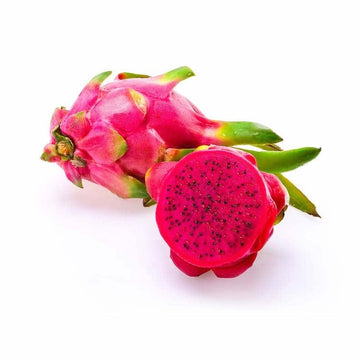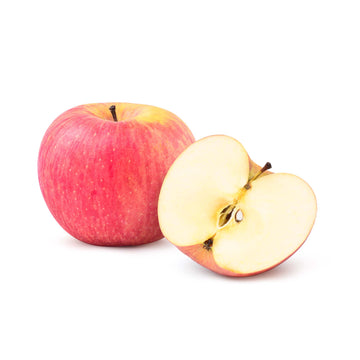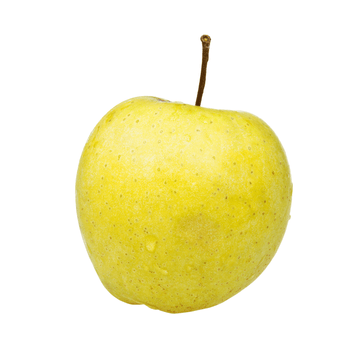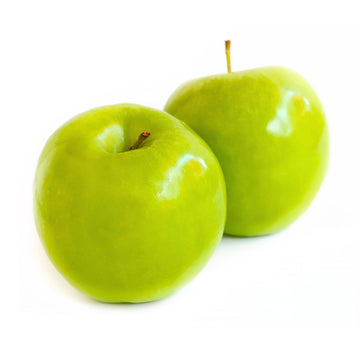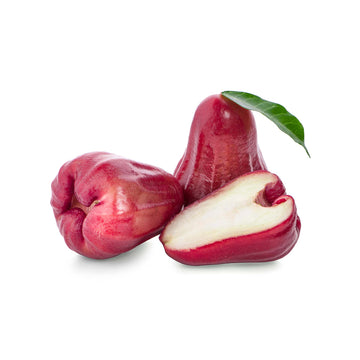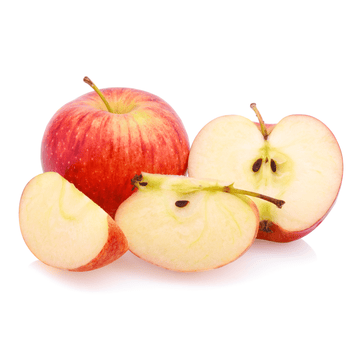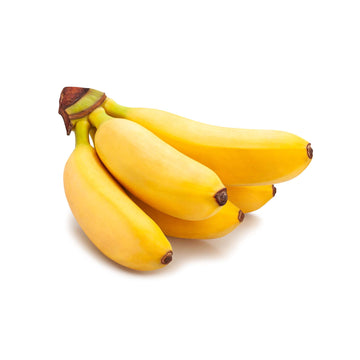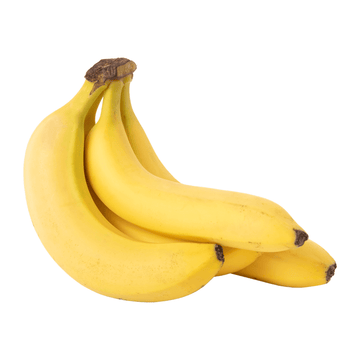20 Exotic Fruits Found in Spain
Spain, with its diverse climates ranging from Mediterranean to subtropical, is home to many unique and exotic fruits. While many associate Spain with staples like oranges and olives, the country boasts a remarkable array of lesser-known fruits, many of which have deep historical roots and distinctive flavours.
This blog post explores 20 exotic fruits that originated in Spain, delving into their specific regions, histories, flavours, textures, and fascinating facts.
1. Cherimoya (Chirimoya)
Known as the "custard apple," cherimoya is a heart-shaped fruit with a creamy, luscious interior that resembles sweet custard.
Origin and History: Native to the Andes but thriving in Spain’s Costa Tropical (Granada and Málaga), cherimoya was introduced by Spanish explorers returning from South America. The region produces 50 million kilos annually, with cultivation perfected over centuries.
Flavour and Texture: Its white, juicy pulp is sweet and refreshing, with a flavour reminiscent of banana, pineapple, and strawberry. The texture is creamy, often compared to custard, earning its nickname.
Interesting Points: Cherimoya is often chilled and eaten with a spoon, like ice cream. It’s rich in vitamins B and C, calcium, and potassium, making it a nutritious treat.
2. Loquat (Níspero)
Loquats are small, orange fruits related to pears and apples, known for their sweet-tart balance.
Origin and History: Introduced from Southeast China over 2,000 years ago, loquats became endemic in Callosa d’en Sarrià (Alicante). The region’s microclimate is ideal for their cultivation.
Flavour and Texture: The flavour combines peach, citrus, and mild mango, with a juicy, slightly fibrous texture.
Interesting Points: High in sugar, acid, and pectin, loquats are perfect for jams and jellies. They’re associated with good luck in Spanish culture.
3. Pomegranate (Granada Mollar de Elche)
This pomegranate variety is a superfruit prized for its ruby-red arils and sweet-tart flavour.
Origin and History: Cultivated in Elche (Alicante) for centuries, this fruit traces back to ancient Persia but was perfected in Spain’s Mediterranean climate. It’s a symbol of fertility in Spanish tradition.
Flavour and Texture: The arils are juicy, with a sweet-tart flavour and a slight crunch.
Interesting Points: Rich in antioxidants, it’s used in salads, juices, and desserts. The Mollar variety is less acidic than others, making it a favorite for fresh consumption.
4. Canary Island Banana (Plátano de Canarias)
These small, sweet bananas are a staple of the Canary Islands.
Origin and History: Brought from Equatorial Guinea during Spanish colonisation, they’ve been grown in the Canary Islands since the 16th century, contributing to the region’s economy.
Flavour and Texture: Sweeter and more aromatic than standard bananas, with a creamy, soft texture.
Interesting Points: They’re a Designation of Origin* product, celebrated for their quality. Locals eat them fresh or in desserts like banana flan.
5. Mango
Spanish mangoes are a tropical delight grown in subtropical regions. Varieties commonly grown in Spain include the Kent, Haden, Tommy Atkins, Keitt, and Osteen mangoes.
Origin and History: While native to India, mango cultivation began in Málaga’s Axarquía and Granada’s Costa Tropical in the 1980s, leveraging the subtropical climate.
Flavour and Texture: Spanish mangoes tend to be sweet, juicy, and fibre-free, with a smooth, velvety texture.
Interesting Points: Rich in vitamins A and C, Spanish mangoes are used in smoothies, salsas, and desserts. Their local production ensures peak freshness.
6. Avocado
Spain’s avocados, particularly the Hass variety, are creamy and versatile.
Origin and History: Introduced from Mexico, avocados have been grown in Granada’s Costa Tropical since the 1970s, with 20 million kilos produced annually.
Flavour and Texture: Buttery and mild, with a rich, creamy texture.
Interesting Points: Spain is Europe’s largest avocado producer. High in potassium and vitamins B, E, and K, they’re perfect for guacamole, salads, or toast.
7. Kumquat
These tiny citrus fruits are eaten whole, peel and all.
Origin and History: Originating in China, kumquats have been cultivated in Spain’s Mediterranean regions, particularly Valencia, since the 19th century.
Flavour and Texture: The peel is sweet, the flesh tart, creating a balanced citrus burst. The texture is juicy with a slight crunch from seeds.
Interesting Points: Rich in vitamin C and fibre, kumquats are used in marmalades, cocktails, or as a garnish. Their edible peel is a unique feature.
8. Guava
Guavas are aromatic fruits gaining popularity in Spain.
Origin and History: Introduced from Latin America in the mid-20th century, guavas are now commercially grown in Málaga’s Costa del Sol.
Flavour and Texture: Sweet with a floral aroma, the flesh is soft and slightly grainy.
Interesting Points: High in vitamin C, guavas are used in juices, jams, and desserts. They’re replacing traditional citrus crops due to high profitability.
9. Papaya
Papayas are juicy, orange-fleshed fruits with black seeds.
Origin and History: Native to Central America, papayas are grown in Málaga and Almería, with efforts to popularize them in Europe. Cultivation began in the 20th century.
Flavour and Texture: Papaya is sweet and succulent, with a buttery, melt-in-the-mouth texture.
Interesting Points: Rich in enzymes like papain, aiding digestion, papayas are eaten fresh or in smoothies.
10. Quince (Membrillo)
Quince is a hard, golden fruit used in Spanish cuisine.
Origin and History: Native to the Caucasus but grown across Spain, particularly in Galicia, since ancient times. It’s a key ingredient in membrillo paste, which is a popular Spanish delicacy.
Flavour and Texture: Tart and astringent when raw, it becomes sweet and floral when cooked, with a grainy texture.
Interesting Points: Often paired with cheese, quince paste is a Spanish delicacy. It’s high in pectin, ideal for preserves.
11. Marcona Almond
Though often considered a nut, almonds are actually stone fruit seeds.
Origin and History: The Marcona variety, harvested in autumn across Spain (especially Alicante), is prized for its superior flavour. It’s a Designation of Origin* product.
Flavour and Texture: Marcona almonds are sweet, buttery, and aromatic, with a tender, less crunchy texture than other almonds.
Interesting Points: Used in turrón and marzipan, Marcona almonds are heart-healthy and versatile. Their spring blossoms are a Spanish spectacle.
12. Persimmon (Kaki)
The kaki, a Spanish persimmon variety, is a vibrant, orange fruit celebrated for its sweet, seedless flesh.
Origin and History: Originating in the Ribera del Xúquer region of Valencia, kaki cultivation in Spain dates back to the 19th century, influenced by Asian persimmon varieties. Spanish growers developed a method to remove bitterness, making it a local specialty.
Flavour and Texture: Kaki persimmon has an over-sweet, caramel-like flavour with a soft, jelly-like texture when ripe.
Interesting Points: Eaten fresh, chilled, or sliced in salads, Kaki persimmon is seedless and rich in antioxidants. Its lack of tannins makes it uniquely palatable compared to other persimmons.
13. Persimmon (Caqui)
A distinct persimmon variety, caqui is similar to kaki but with regional differences.
Origin and History: Grown in Granada and Valencia, caqui was introduced alongside kaki, with cultivation refined in Spain’s Mediterranean climate.
Flavour and Texture: Cacqui persimmon is sweet and tangy, with a soft, pudding-like texture when ripe.
Interesting Points: Eaten fresh or dried, caqui persimmon is rich in fibre and vitamins. Its vibrant colour makes it a market standout.
14. Jujube (Azufaifa)
Jujubes are small, date-like fruits with a chewy texture.
Origin and History: Native to China but cultivated in Granada and Almería since the Middle Ages, introduced by Arab traders.
Flavour and Texture: Jujube is sweet, crisp, and apple-like when fresh, with a dense, chewy texture when dried.
Interesting Points: Used in traditional medicine, jujubes are high in vitamin C. They’re a niche fruit in Spanish markets.
15. Fig (Higo)
Figs are sweet, succulent fruits with tiny seeds.
Origin and History: Grown across Spain, especially in Extremadura, figs have been cultivated since ancient times, with roots in Mediterranean agriculture.
Flavour and Texture: Sweet with honeyed notes, the flesh is soft and seedy, with a delicate skin.
Interesting Points: Eaten fresh, dried, or in jams, figs are fibre-rich and pair well with cheese.
16. Passion Fruit (Maracuyá)
Passion fruit is a tangy, seed-filled fruit with a tough outer rind.
Origin and History: Introduced from South America, it’s been grown in Málaga’s subtropical regions since the 20th century.
Flavour and Texture: Passionfruit is tart and slightly sweet, with a juicy, seed-crunchy texture.
Interesting Points: Used in juices, desserts, and cocktails, passionfruit is rich in vitamins A and C. Its vibrant flavour is a smoothie, juice, and cocktail favourite.
17. Dragon Fruit (Pitahaya)
Pitahaya, or dragon fruit, is a striking cactus fruit with vibrant skin and speckled flesh.
Origin and History: Native to Latin America, dragon fruit is cultivated in Málaga’s Axarquía, benefiting from the subtropical climate.
Flavour and Texture: Dragon fruit is mildly sweet, similar to kiwi, with a soft, melon-like texture dotted with tiny seeds.
Interesting Points: High in antioxidants, dragon fruit is often used in smoothies or as a garnish. Its vivid appearance makes it a social media star.
18. Lychee
Lychees are small, fragrant fruits with a rough, red exterior.
Origin and History: Originating in China, lychees are grown in limited quantities in Málaga’s subtropical areas, introduced in the 20th century.
Flavour and Texture: Lychees are sweet and floral, with a juicy, grape-like texture.
Interesting Points: Rich in vitamin C, lychees are eaten fresh or dried. Their cultivation in Spain is a testament to the region’s climatic diversity.
19. Medlar (Mízcalo)
Medlars are small, brown fruits best enjoyed when overripe.
Origin and History: Native to Persia but grown in northern Spain (Asturias) since Roman times, medlars are a traditional autumn fruit.
Flavour and Texture: Sweet-tart and musky, with a soft, jam-like texture when bletted (overripened).
Interesting Points: Used in jams or eaten fresh, medlars are rich in fibre. Their unique ripening process is a culinary curiosity.
20. Valencian Citrus (Cítricos Valencianos)
This category includes unique orange and mandarin varieties exclusive to Valencia. There are many, including Navelina, Navelate, Lane Late, Valencia, Clemenules, Ortanique, Hernandina, and Sanguinelli.
Origin and History: Valencia’s citrus, grown since the Middle Ages, is a global benchmark, with varieties like Navel and Clementine developed locally.
Flavour and Texture: Sweet, juicy, and aromatic, with a tender, segmented texture.
Interesting Points: Valencia exports millions of tons annually. These citrus fruits are used in everything from juices to desserts, embodying Spain’s citrus heritage.
*The protected designation of origin (PDO) is a type of geographical indication of the European Union aimed at preserving the designations of origin of food-related products.
Conclusion
Spain’s exotic fruits are a testament to the country’s rich agricultural heritage and climatic diversity. From the creamy cherimoya of Granada to the sweet kaki of Valencia, these 20 fruits offer a spectrum of flavours, textures, and histories that reflect Spain’s role as a bridge between continents and cultures. Many of these fruits, introduced centuries ago, have been perfected through local cultivation techniques, earning Designations of Origin and international acclaim. Next time you visit Spain, seek out these exotic fruits at local markets or orchards—your taste buds will love the adventure!





